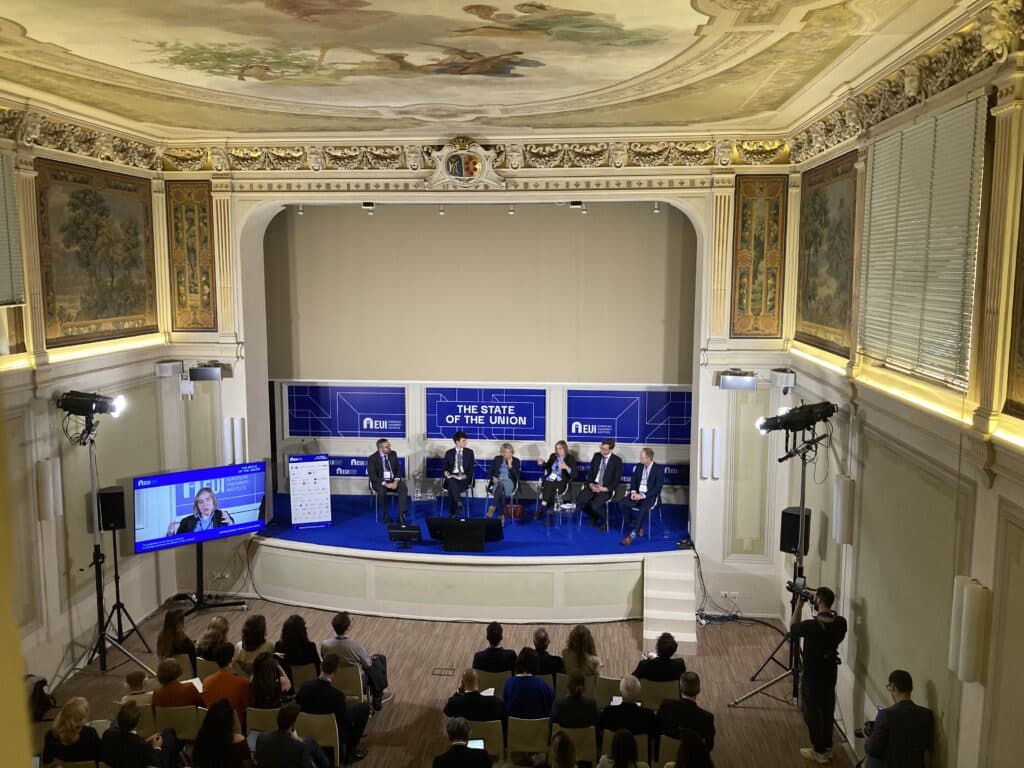Capacity mechanisms and compatibility with the internal market under EU state aid rules
Our previous two posts reviewed the preliminary report of the Commission’s state aid sector inquiry into electricity capacity mechanisms of 13 April 2016 and discussed when these mechanisms constitute state aid under Article 107(1) TFEU. Once a capacity mechanism constitutes state aid, it can nonetheless be declared compatible with the internal market under the guidelines on State aid for environmental protection and energy 2014-2020 (hereafter the “guidelines”), which contains a specific chapter on generation adequacy measures, or under Article 106(2) TFEU and the Package of 2011/2012 on services of general economic interest. It is interesting to note that the guidelines unfortunately do not address the application of Art 106(2) TFEU.
Paragraph 20(g) of the guidelines makes clear that state measures addressing generation adequacy do not have to be notified if the intended amount of aid remains below 15 million euros. For other measures, six fairly overlapping criteria will be taken into account to assess compatibility.
First, the measure must pursue an objective of common interest, i.e. short or long-term generation adequacy. Shorter-term measures will generally imply targeting support for existing back-up capacities whereas longer-term measures will target new investment. The guidelines are clear on the fact that the capacity mechanism must only remunerate the capacity to produce and not the electricity effectively generated. The guidelines also stipulate that an analysis of generation adequacy must correspond with ENTSO-E’s forecast for generation adequacy across Europe.
Second, the necessity of the capacity mechanism must be demonstrated. It not only implies that a generation adequacy problem must be ascertained but also that the root causes of that problem be defined, in particular possible market failures and regulatory barriers. The existence of credible alternatives to the capacity mechanism should be examined.
Third, the appropriateness of the capacity mechanism mainly implies that the mechanism should be technology-neutral and should not discriminate between existing players and investors. The evolution of interconnections will also be taken into account.
Fourth and fifth, the measure must be proportional and have an incentive effect, the latter meaning that the capacity mechanism should not cover costs that would normally be supported by the beneficiary, or cover a standard commercial risk. Proportionality means that remuneration should be reasonable. At point 231, the guidelines interestingly state that “the measure should be constructed so as to ensure that the price paid for availability automatically tends to zero when the level of capacity supplied is expected to be adequate to meet the level of capacity demanded.”
Last, the capacity mechanism should avoid undue negative effects on competition and trade. The capacity mechanism should therefore not deter investment in interconnections, nor hamper the functioning of market coupling. It should not reinforce dominant positions. However, it should favour low-carbon technologies and ensure open access to all.
To date, a lot of uncertainty remains as regards the application of these six criteria, even though the Commission decisions concerning the UK and France already gave a first hint.
Written by Adrien de Hauteclocque
Adrien de Hauteclocque was an editor and contributing author of “Capacity Mechanisms in EU Energy Markets: Law, Economics, and Policy (2015)“
Read the previous article: Capacity mechanisms and EU state aid control: it is not all about compatibility







